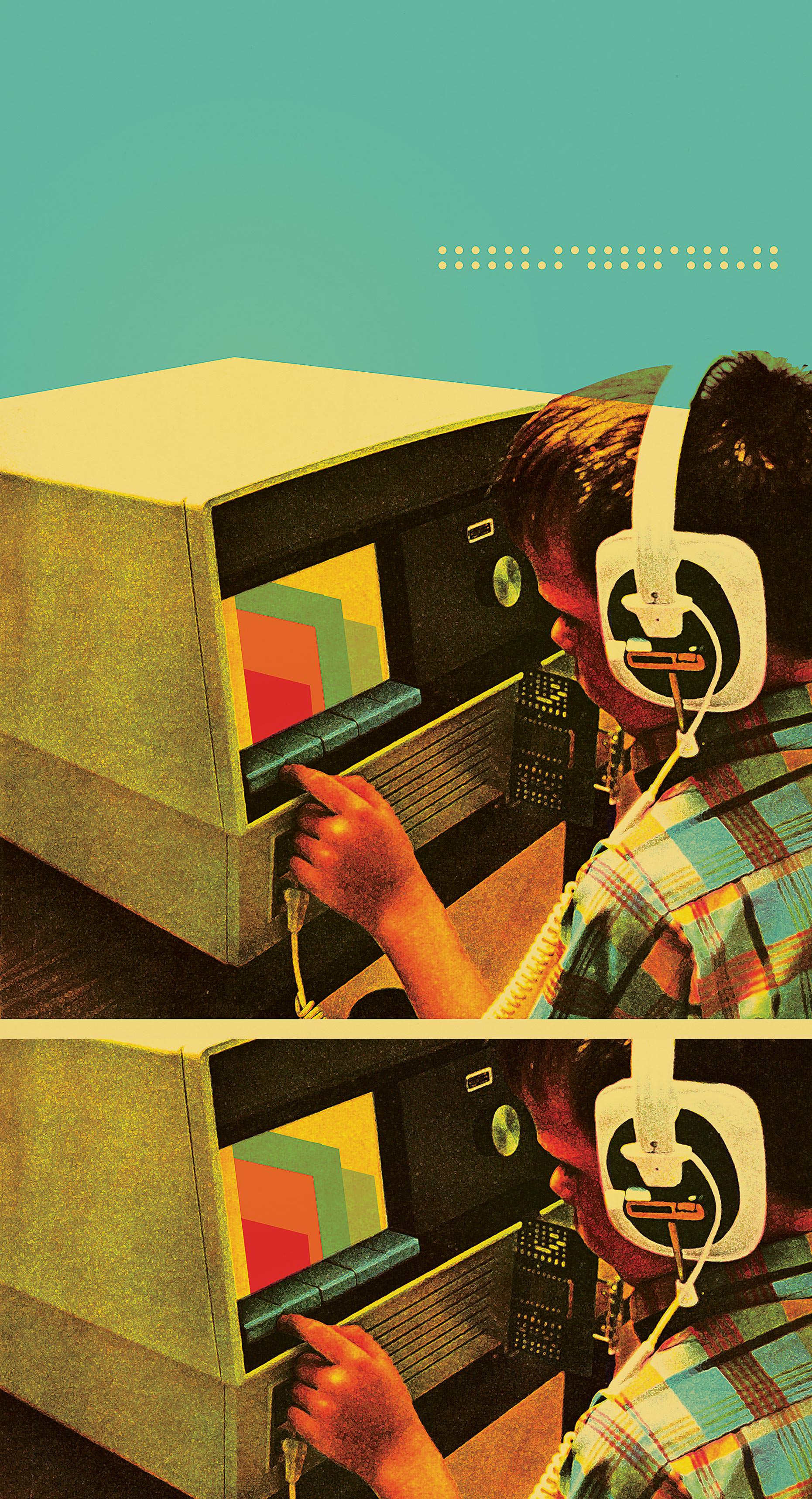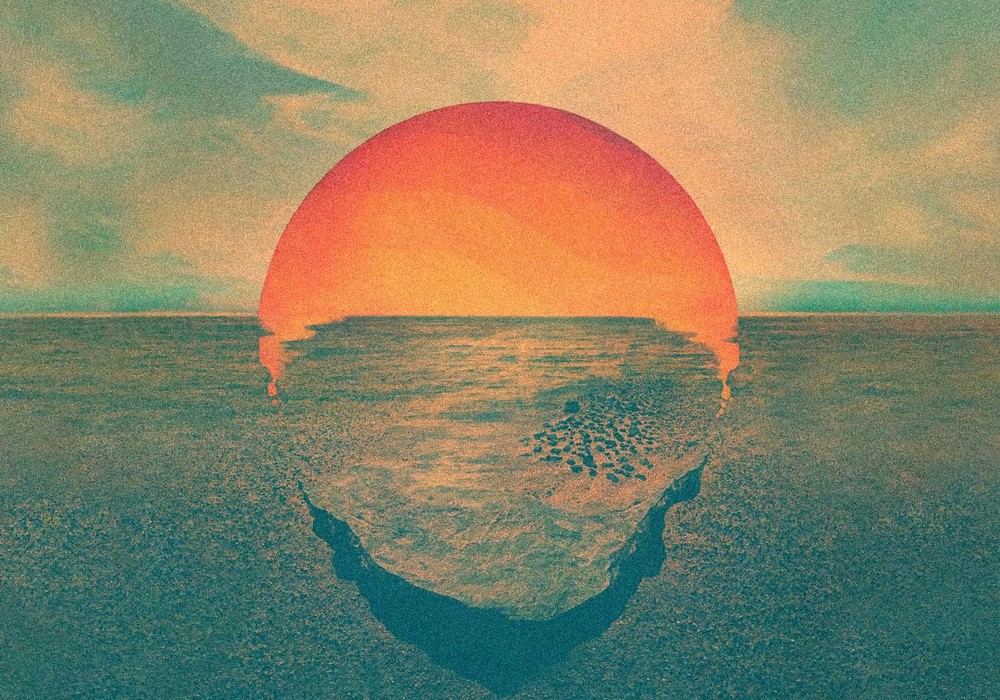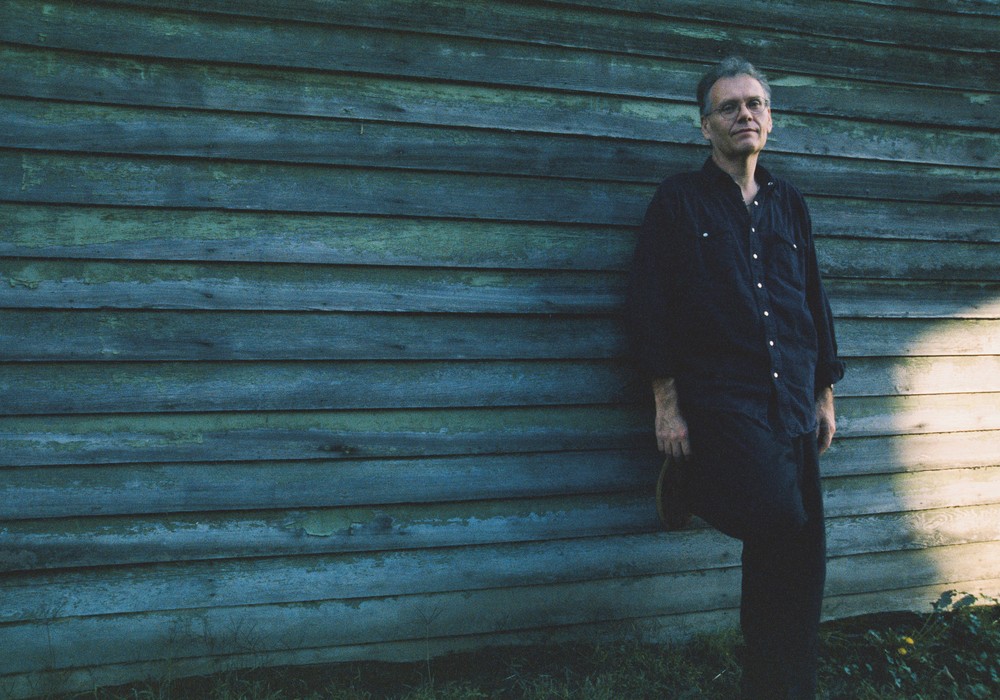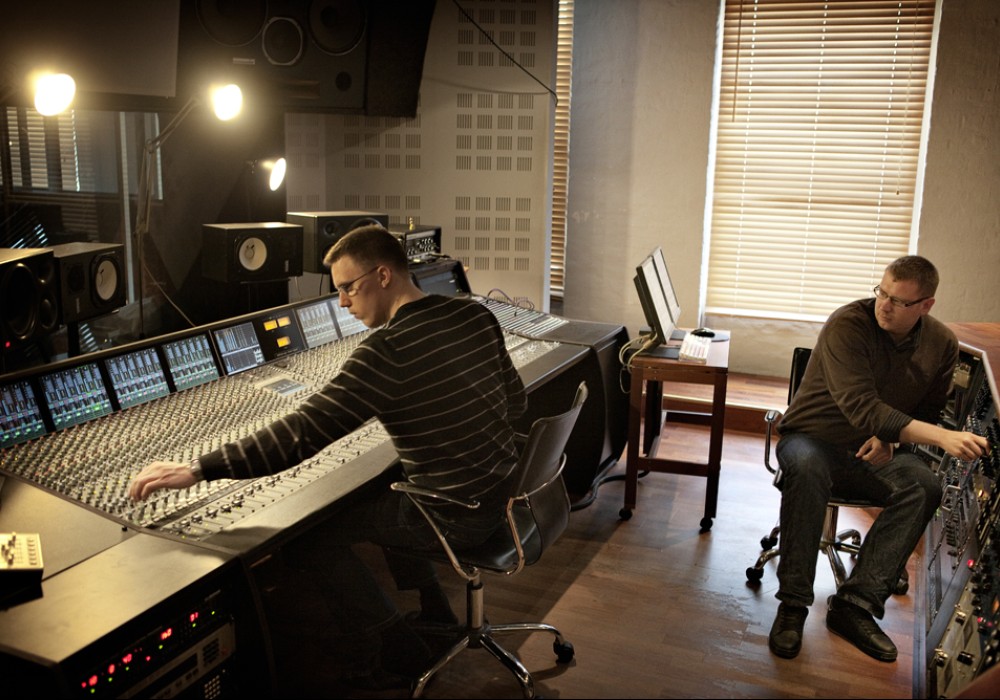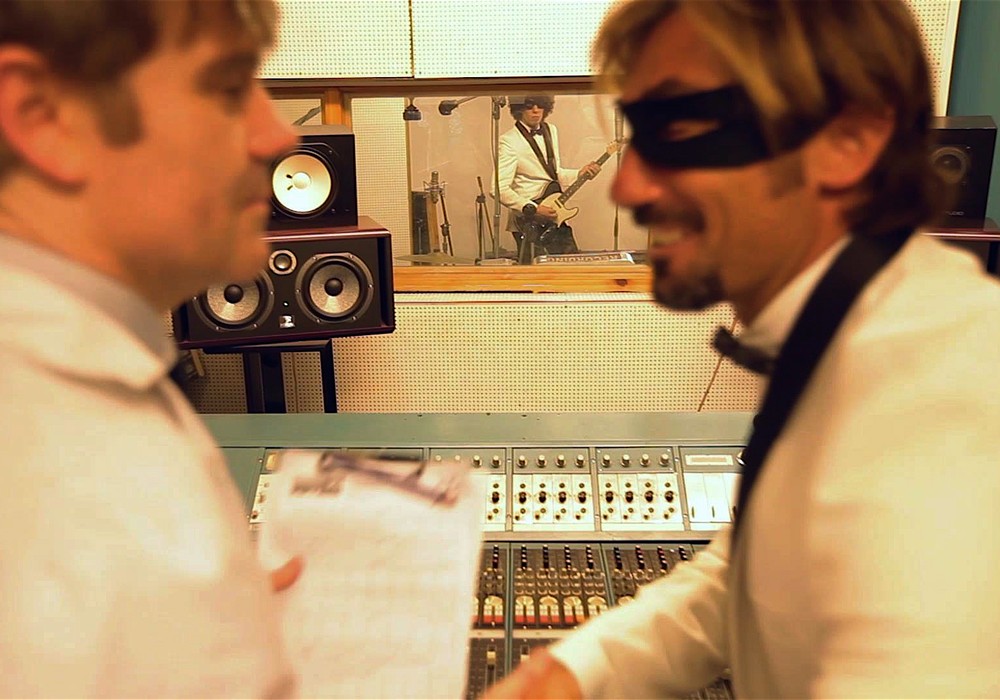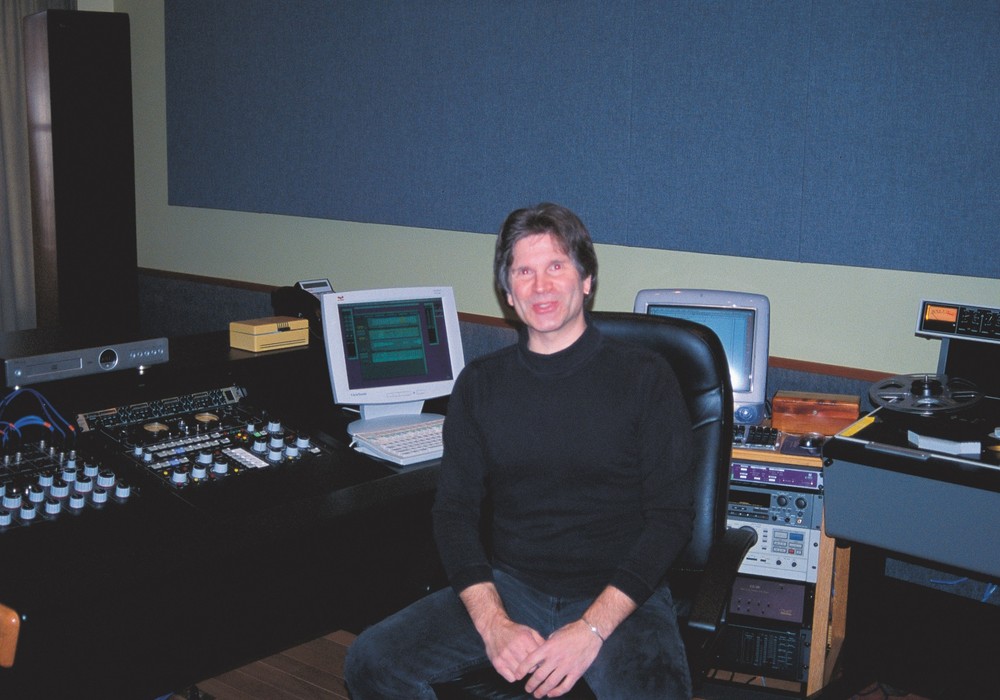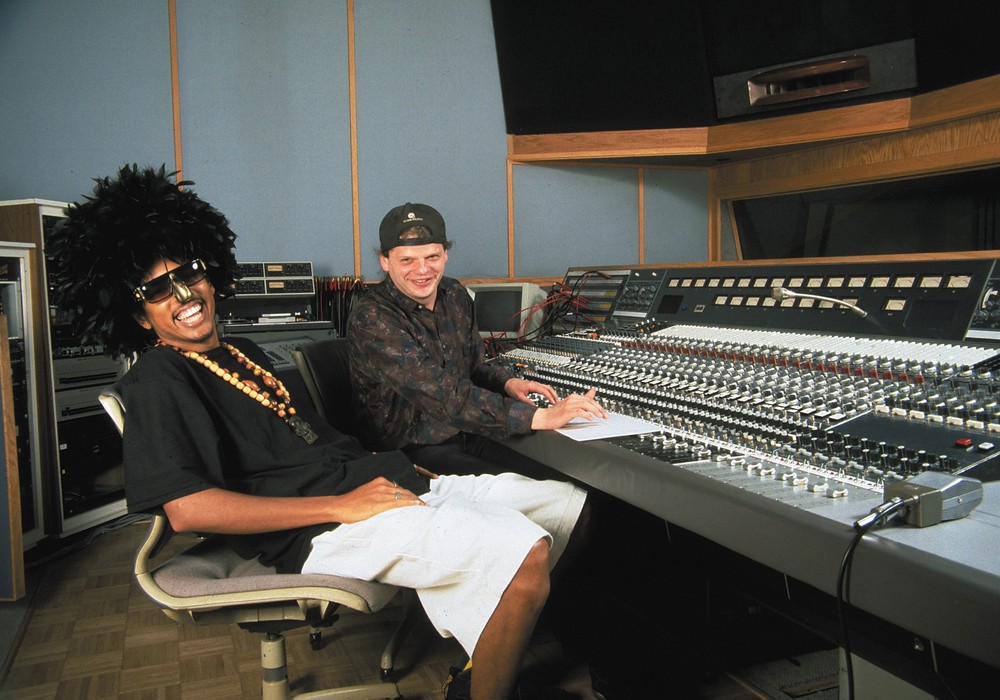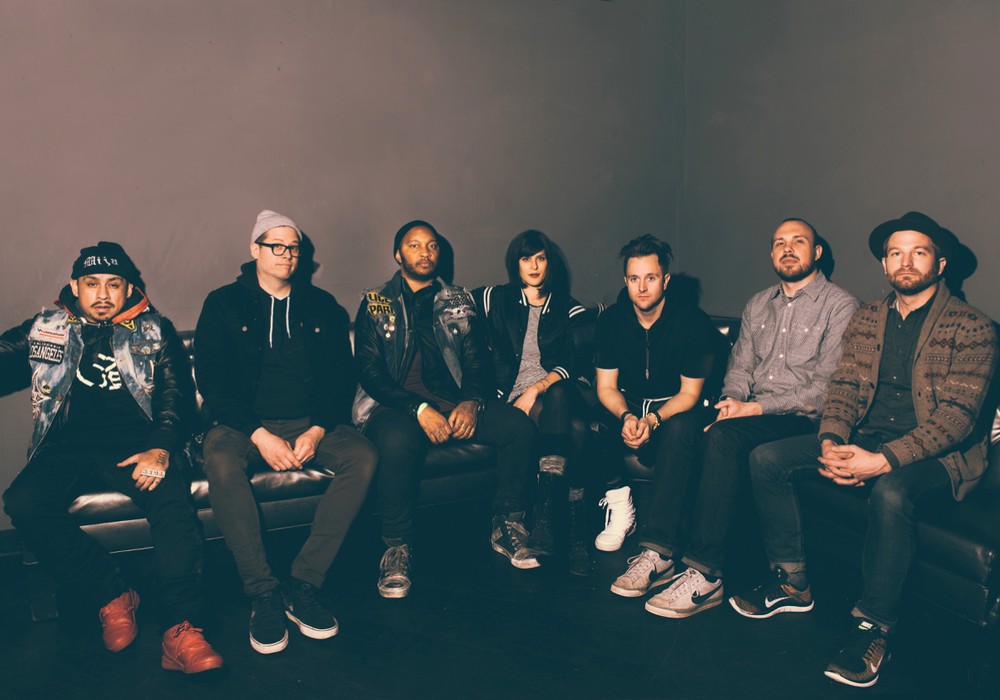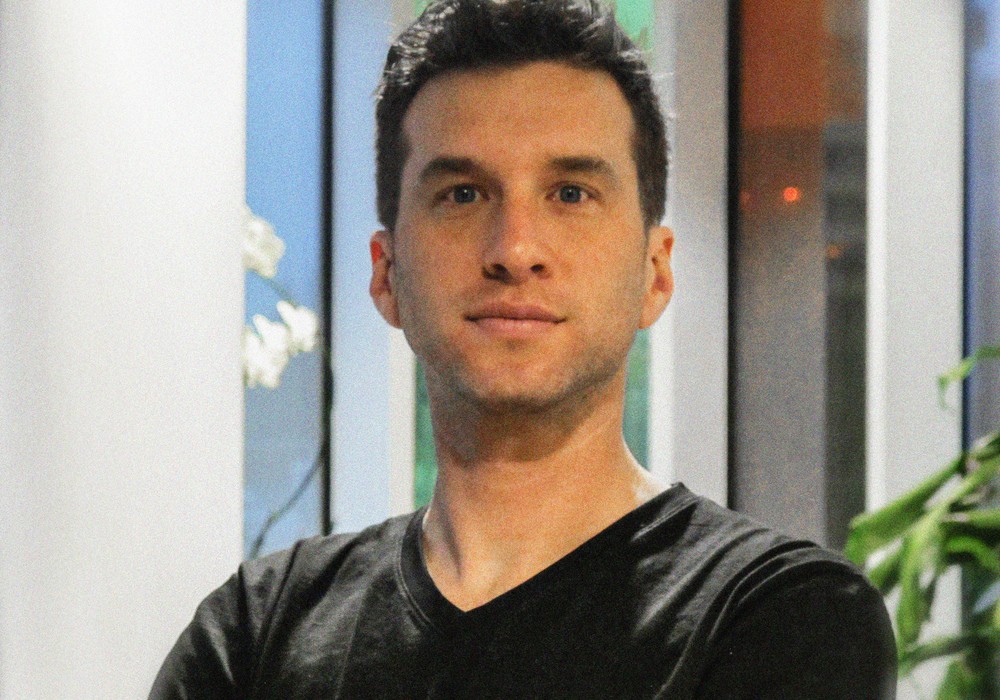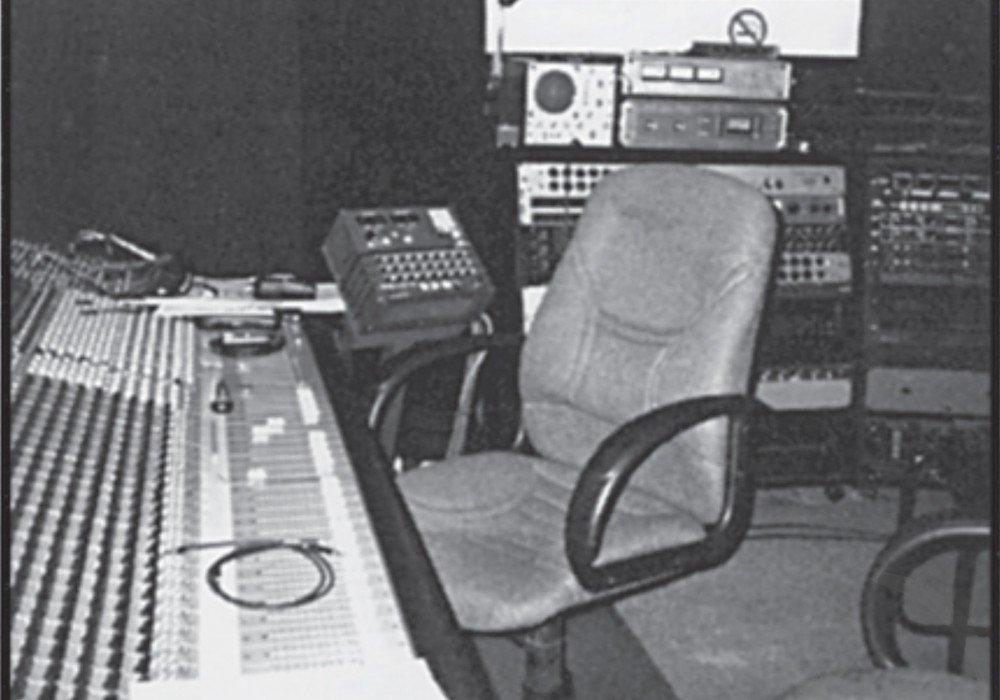Tycho’s Scott Hansen is a busy man. As the frontman, principle songwriter, producer, as well as the creator of the band’s album art and live visuals, he has no shortage of things on his plate. It’s the sound of the future that owes so much to the past. I sat down with Scott on a morning before a show in Seattle to talk about his process, translating his brand of ambient/electronic music into a compelling live show, and the intersection of music and visual art.

What were your first early forays and entries into making music?
When I came back from San Francisco, and moved back to downtown Sacramento, that’s when I started messing around with drum machines and synthesizers. I finally got a sampler, and that’s when it took off for me because I realized I could record back into it. That’s when the concept of chopping things up and moving them around occurred to me. That was the first thing that made me think, “Okay, this is something I can do. I can make musical compositions instead of just play with this gear.”
Besides the sampler, were you using a 4-track cassette recorder?
No. I never used any recording medium before that. I transferred music to tape and MiniDisc once it was done, but when it came to composing, I never used anything before that sampler. Eventually I got a computer. I never realized computers could record audio at the time, because mine was so old.
Were you always drawn to instrumental music?
I listened to rock, folk, and singer/songwriters. But when I went away to college in San Francisco, I started going to electronic shows. It was unlike music I’d heard before, and that’s what piqued my interest. That was the only music I’d ever heard that I felt I could at least begin to dissect. I didn’t play guitar or any [traditional] instruments at the time, so “normal music” seemed really foreign, and basically impossible to break into.
On Epoch, your latest record, what was the process like? How do you start?
With this one, I worked with Zac Brown a lot. He’s from Sacramento too. Usually I work up some ideas, then I spend a few months with them, turning them into something I would consider a demo. Then Zac will come in and we’ll start playing with the idea. I’ll take it back for a while and do the full production and arrangement. Then he’ll come back and we’ll basically strip it down, try to figure out what it’s about, take out everything that doesn’t need to be there, and make it cleaner for the final version. We actually started [working together] on the previous record [Awake]. We went to Lake Tahoe for the first couple weeks on both of those; we just tried to jam and figure it out. That’s the first time I’ve gone about it that way, and that was pretty fun. Some of it worked out, some of it didn’t. But it was good because it lays a nice foundation for the rest.
Are you inspired by a melody? Or is there a sound you’re starting with, like sitting down with the guitar or the synth, translating a melody that was in your head?
Yeah, it’s probably half and half now for guitar and synths. I’ve really gotten into guitar over the last ten years. I’d really gotten into keyboards, and I felt like I was playing the same thing over and over again. The things that really inspire me at the beginning, the initial sparks, are the textures, the effects, and all of that. That usually writes itself, at that point. I’ll start playing a synth patch that’s really interesting and then this melody just comes out of it. That’s usually the basis. Or I’ll start playing into a chain and think, “Whoa.” I’ll hear this echo and it makes me think, “Oh, maybe this should go that way.” The real spark is the initial sound, then the melodies come out of that.
Right. There’s such a visual aspect to your music, and you’re a visual artist as well. Does the visual inform your writing?
I wouldn’t say that either informs the other. I think they come from the same place; it’s two different sides of the same coin. I think there’s definitely a lot of overlap, and there are instances where – especially lately – that I create the artwork after the fact. I’m definitely trying to create something that captures the spirit of what I think the music is about. But, at the same time, it’s never a one to one translation. It’s...
